How the hydroelectric genius of Einstein’s dad lit up an Italian town in 1899
The mill in Canneto sull’Oglio is again generating green energy, over a century after Hermann Einstein made the village one of the first in its region with electric streetlamps
Today
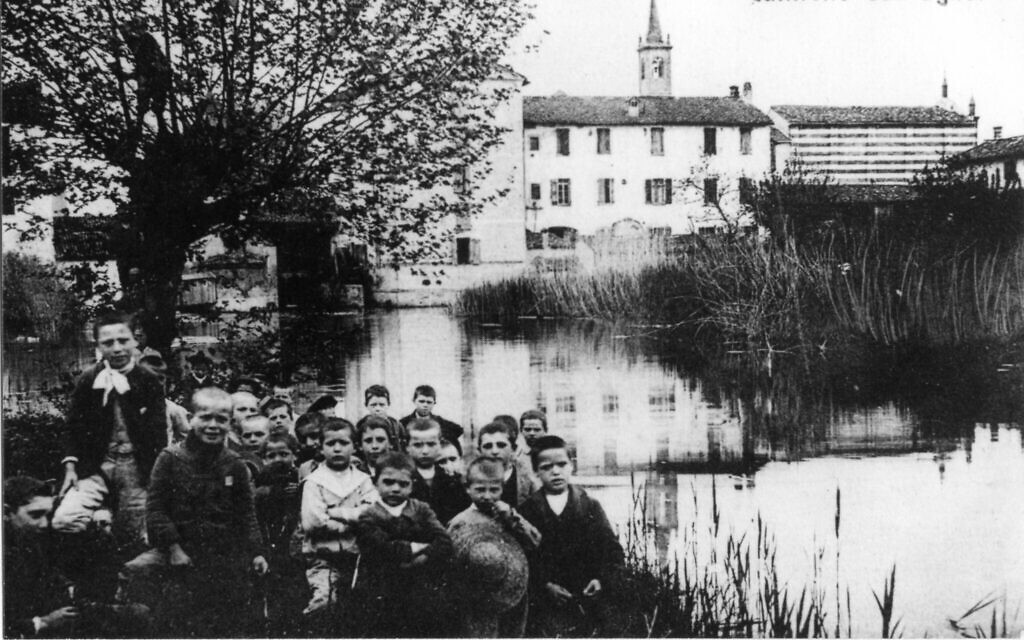
The Naviglio canal in Canneto sull'Oglio at the turn of the 20th century. The water drop can be seen behind the children. (Courtesy)

The Naviglio canal in Canneto sull'Oglio at the turn of the 20th century. The water drop can be seen behind the children. (Courtesy)
MANTUA, Italy — Over a century ago, Hermann Einstein, father of the famous Nobel laureate physicist Albert Einstein, installed a hydraulic turbine and generator in the San Giuseppe mill in Canneto sull’Oglio, a small town in the northern Italian province of Mantua. The enhancement brought light to the village’s public streets for the first time.
Last month, after a yearlong renovation, the old mill, on Molino Street alongside the banks of the Naviglio canal, reopened in all of its former glory. Now, the facility, which dates back to 1898, will once again provide energy to the town by making use of a small drop in elevation on Molino Street where the water flows down into the bed of the Oglio River.
“It was originally the idea of Hermann Einstein — Albert’s father — at the end of the 19th century to exploit the drop in the river,” said Paolo Magri, technical director of Garda Chiese, a consortium that protects waterways, deals with wastewater, and helps expand and maintain irrigation water networks. It was under Garda Chiese’s auspices that the restoration of the mill was performed.
“We invested 460,000 euros [roughly $531,000] to build a hydroelectric plant by installing a hydraulic auger, the screw invented by Archimedes. The great mathematician and inventor had designed the auger to lift liquids, but in this system it harnesses the force of the flowing water to produce a spinning motion — which, thanks to a generator, then produces electricity,” he said.
Hermann Einstein’s turbine had a maximum output of 16 kilowatts; the new system can reach 50. The plant will have an average annual production of 200,000 to 250,000 kilowatt-hours, enough to provide all the electricity needs for some 70 households in the town of nearly 4,400 people.
As part of an initiative to educate young people about the work of Hermann Einstein and keep his memory alive, the Canneto sull’Oglio municipality will build a pedestrian and cycling bridge geared toward local schools that will connect the Einstein mill with the Cartara mill, located a little further downstream.
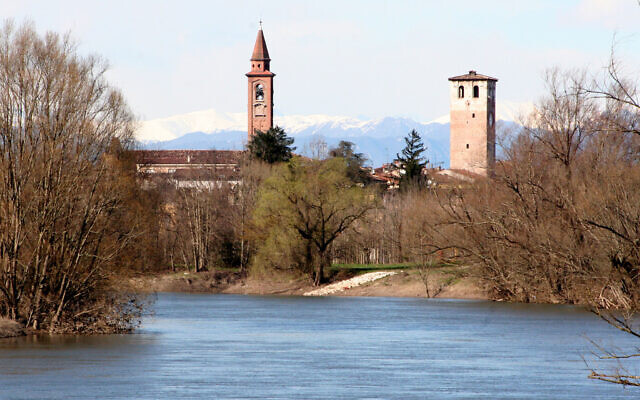
The towers and river in Canneto sull’Oglio. (Sergio Scalvini)
Canneto sull’Oglio Mayor Nicolò Ficicchia called the project a winning mix of history, technology and environmental activism. “The San Giuseppe Mill is a building that has great historical value, and is now used to produce clean energy,” he said.
J. Einstein & Cie
Hermann Einstein moved his family from Ulm to Munich at his brother Jakob’s urging in the summer of 1880. There, the brothers established an electrical engineering company, Elektrotechnische Fabrik J. Einstein & Cie, which produced equipment for the then-cutting edge electric street lighting. With Hermann in charge of sales and Jakob acting as technician, the factory grew to employ about 300 workers, though competition from other companies eventually caused the firm to go bankrupt in 1893.
ADVERTISEMENT
The following year, convinced by an Italian engineer, the brothers moved to Milan and built a factory in the town of Pavia, 25 kilometers (22 miles) south of the city, in record time. However, new financial issues forced this company out of business as well in 1896. Though the Einstein family had lost most of its money, Albert’s father ventured out on his own to establish yet another engineering company, this time in Milan, with the financial backing of some relatives.
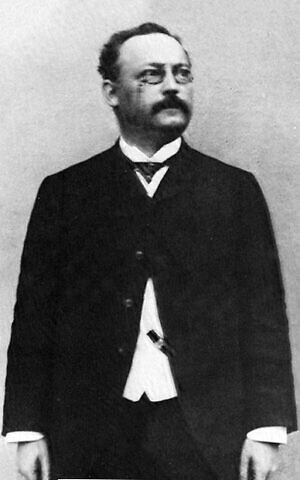
Hermann Einstein. (Public domain)
Hermann Einstein arrived in Canneto sull’Oglio on February 6, 1898, with the goal of developing an innovative lighting system for the village. After conducting some local research, he presented town authorities with plans, which are still kept in the municipal archive.
“The proposal was submitted to the municipality a few days after Hermann Einstein’s arrival in the village,” said town councilman Gianluca Bottarelli, who oversees cultural affairs. “In September 1898, after complex negotiations, an agreement was reached. The German entrepreneur leased the municipal Madonna and San Giuseppe mills — which used the waters of the Naviglio canal to grind cereals — for a period of 25 years.”
In Canneto sull’Oglio, Hermann Einstein set out to radically modernize the mechanics of the San Giuseppe mill to create a real “electric light workshop” through the installation of a hydraulic turbine and generator, while ensuring that the grain milling continued.
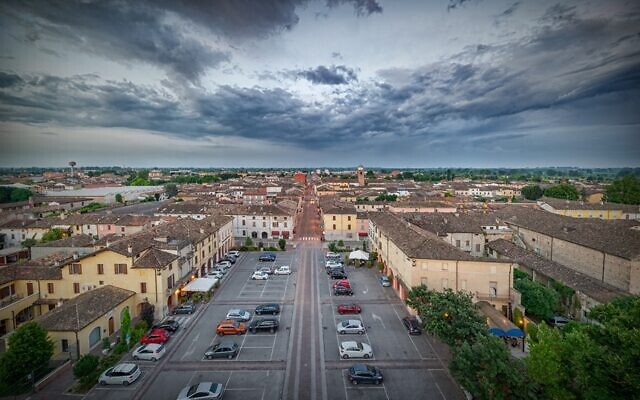
A view of the town of Canneto sull’Oglio. (Daniele Spinosa)
The agreement also covered the construction, through the main streets of the town, of an electrical power grid for public and private use that was capable of powering 300 incandescent lamps. In September 1899 the project was completed and the new electric lights were switched on, making the town one of the first in the province of Mantua to boast street lamps.
The Einsteins were not strictly observant Jews. Between 1885 and 1888 Albert attended a Catholic primary school in Munich while being privately educated in the fundamentals of the Jewish religion at home. According to the documentary “Einstein in Italy,” recently broadcast by Italian public television station RAI, Albert went to Canneto sull’Oglio with his father in the summer of 1900 to see the generator and power network. But Hermann Einstein’s stay in Canneto sull’Oglio was short-lived and, as early as March 1900, he sold the business to his cousin Rudolf while remaining its guarantor.
ADVERTISEMENT
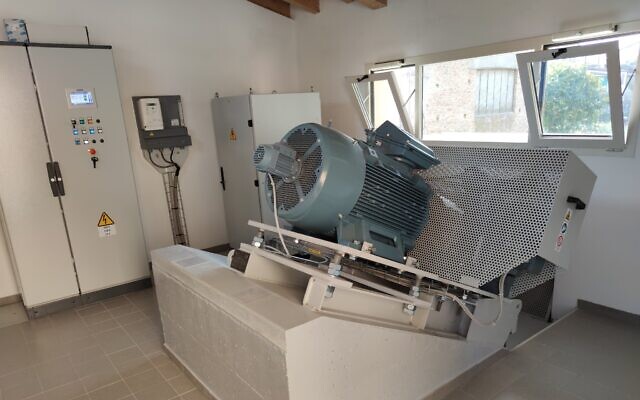
The hydroelectric generator in the San Giuseppe mill in Canneto sull’Oglio, northern Italy. (Courtesy)
Even though his situation had improved, Hermann Einstein continued to be frustrated and concerned over finances. The stress had a strong impact, and his health suffered in his final years. On October 10, 1902, Hermann Einstein died of heart failure at the age of 55 in Milan.
Today, electricity is taken for granted, but at the turn of the 20th century it was a precious commodity. In Canneto sull’Oglio the legacy of Hermann Einstein will shine on as residents remember the extraordinary innovation he brought into the daily life of the small local community.
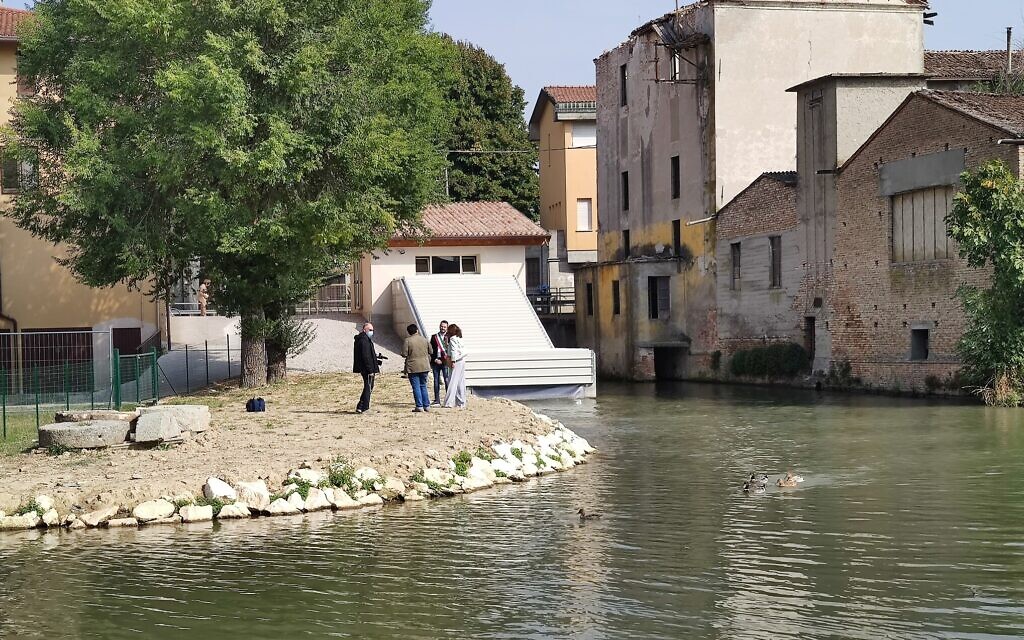
Exterior of the San Giuseppe mill in Canneto sull'Oglio, in the Italian province of Mantua. (Courtesy)
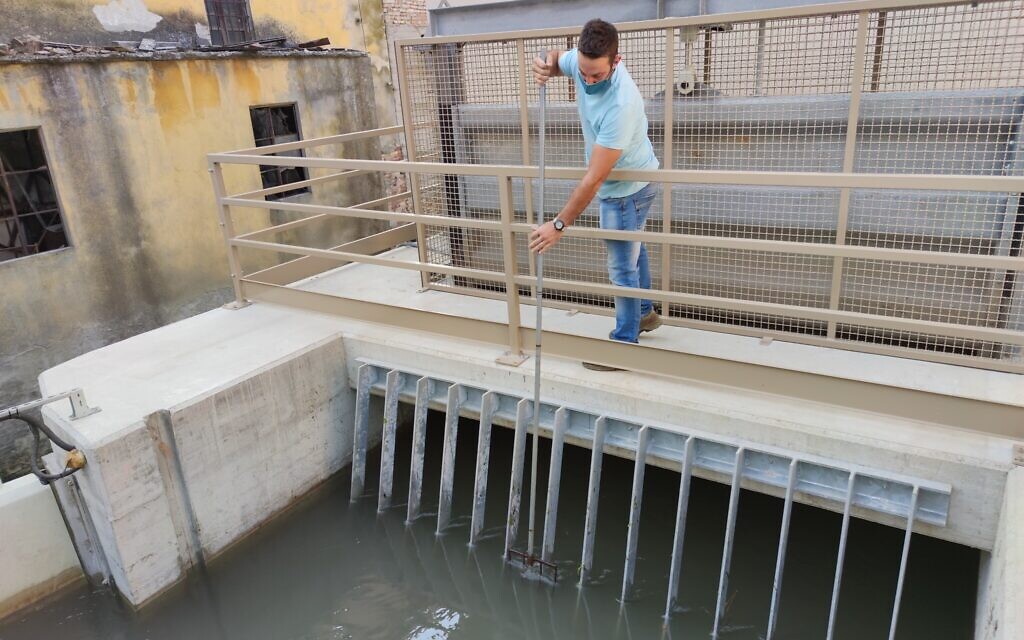
A man at work in the San Giuseppe mill in Canneto sull'Oglio, which has now been outfitted with an updated hydroelectric generator. (Courtesy)
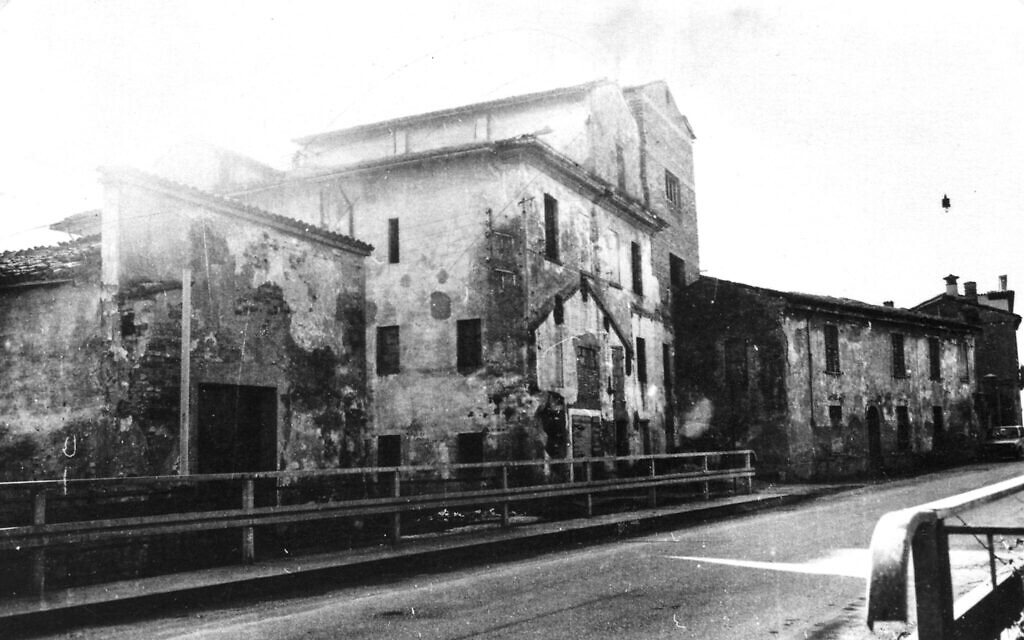
The San Giuseppe mill in Canneto sull'Oglio in the 1960s. (Courtesy)

No comments:
Post a Comment